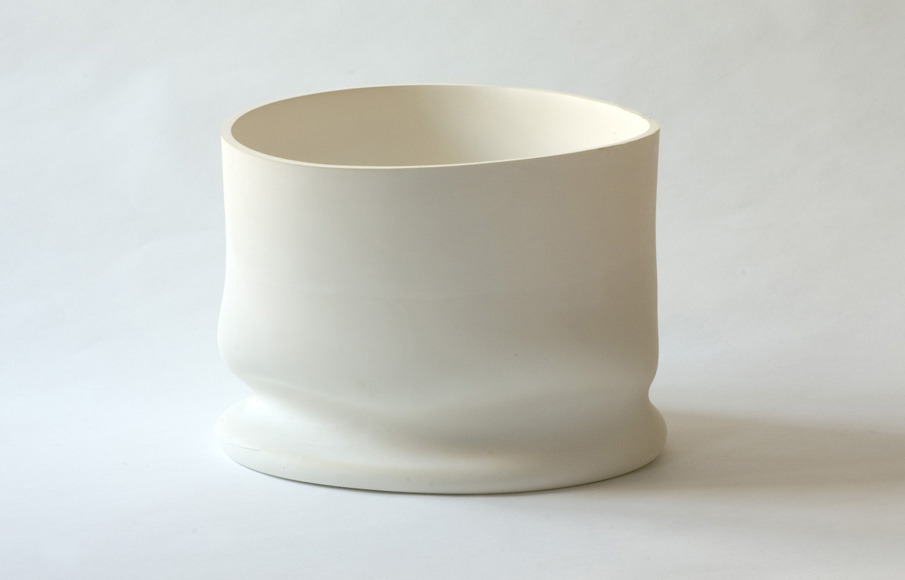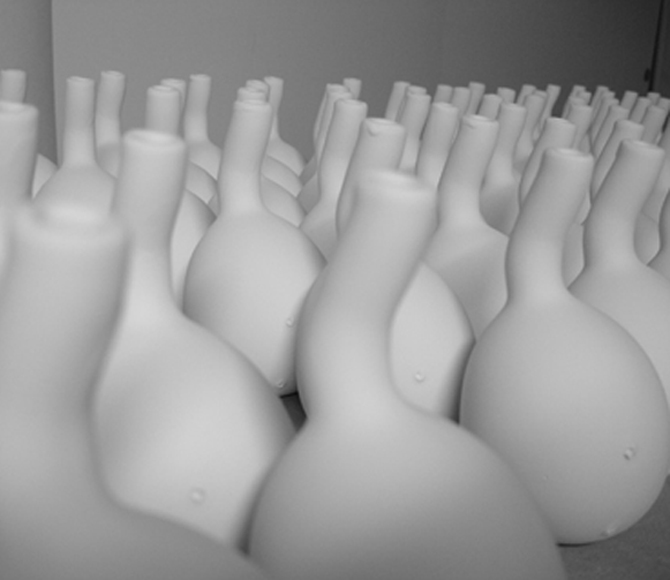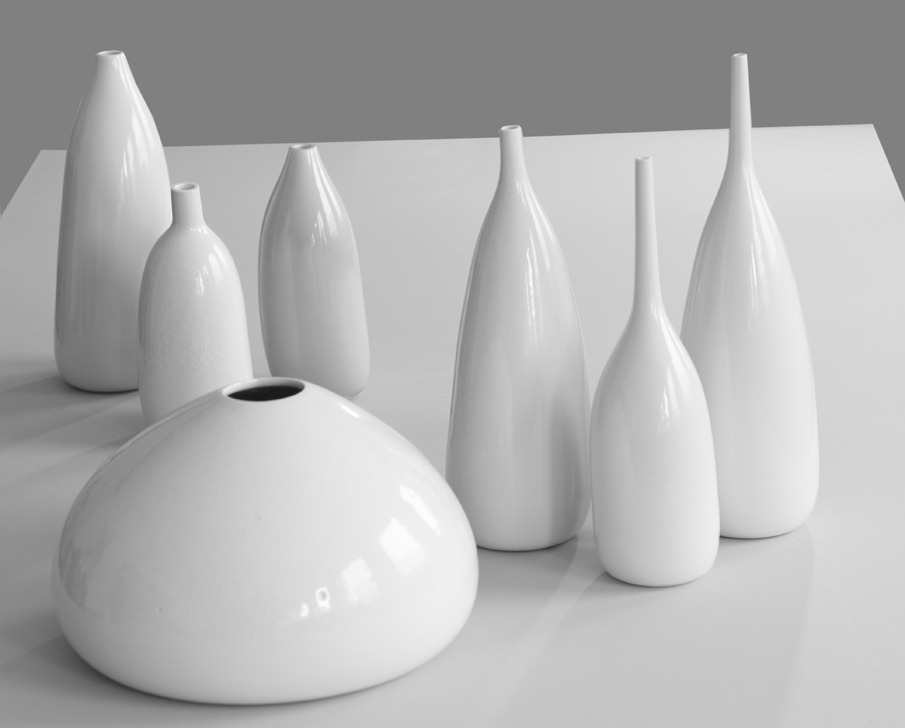mdby……JEANETTE LIST AMSTRUP








Today, we show you the objects made by JEANETTE, with which she has enjoyed playing with different shapes during its fabrication.
This collection that we show you is finished in neutral colors, but we will show you the collection ‘Mano’, that is fabricated by KÄHLER, with very bright colors, getting a job with contrasts.
<How do you define your work?
I work with a very old craft, but I have added modern techniques such as 3D computer drawing and 3D printing, the expression is craft meets modern design. But above it all I like my work to appeal to physical handling and touching.
Which is the process for a ceramic design until it is ready to be sold?
In my case the process begins with a lot of experimenting with the material, creating shapes, and gradually choosing the ones I want to work with. Then I refine the shapes and make moulds and cast samples to test the feel and functionality.
I need to hold things to know how they really are. I draw them on the computer, to make additions and corrections, and finally a 3D print in just the right size to make up for the shrinkage of the clay. The last part has proven very useful for when I need to hand over the production to others. If I make them myself, there is still a lot of work: making moulds, casting, retouching, bisque firing, glazing, and glaze firing – and getting them to the customer!
You sell through KÄHLER, was it hard to get into it?
I showed them the ‘Mano’ cup, and they decided to have it in their collection. After that the rest of that collection just followed naturally.
Do you fabricate by yourself your designs?
I fabricate some of my designs myself, but KÄHLER fabricates the ‘Mano’ collection.
The ‘drop cup’ movie you have in your web is great, is really nice to see how you fabricate your designs. This method, makes that each piece is unique, is that right? Do you do it with all your designs or some of them are industrialized somehow?
I did the drop cups out of an idea, that since I am not a factory, I should be allowed to have more fun when fabricating. The cups were cast in a very simple mould, and afterwards dropped into individual shapes.
My other shapes come from experiments with balloons, where I make different shapes, and choose one to make a mould over, and since be multiplied by slip casting. I like to make shapes that have a unique feel even when multiplied.
You have bright colour glazed series and some white or with neutral colours as ‘drop cup’. Do you know how are they going to be finished your products and which colour you will choose since the beginning of the process?
I make a lot of coloured glaze samples all the time, and then I test which colours work the best on a particular shape. I like the very bright colours, but I also like very dull and muddy colours, and I think it gets really interesting when you mix the two.
Do you try to express something through color or without color?
Some things I keep white to focus more on the shape, but for the Mano series I like the playfulness of the many colours, and I like how you can match and mix to completely change the mood in a table setting – again individuality in multiplied objects.
One Off Pieces, from 3rd Danish Ceramics Triennial, Trapholt, are really nice, but do you produce them?
Those are one off pieces from that exhibition, but I do make a few in a similar stile still.
Which ones are your sources of inspiration?
My Inspiration comes mostly from the material and my hands, and everything that combination results in, but also from combining knowledge from different fields.
Which would be your ideal project?
I don’t know really, I just like to work and discover.
What is beauty for you?
That is hard to explain in a few words, but a tight curve and good proportions help.
Do you spend time in your work to publications or other media to make yourself know and increase sales, or you have someone to help you?
No, not much, but KÄHLER has done it a lot.
Which is the most difficult thing in your work?
The commercial part.
Which is what you like more from your work?
I like the when I am completely absorbed in what I do.
Which one has been your biggest success?
It depends on the definition, but The ‘Mano’ cup has been the biggest commercial success, and through that, quite a lot of people enjoy their coffee from a mug that comes from me. That feels like success.
What is your biggest dream for the future?
I think I am too engaged in the present to dream of the future.
An advice?
Keep working and do what you like yourself.